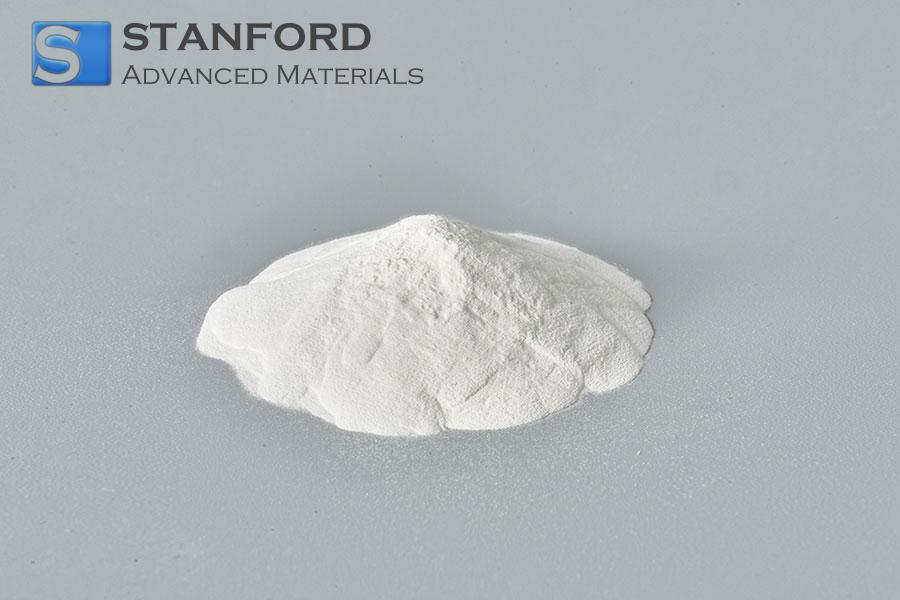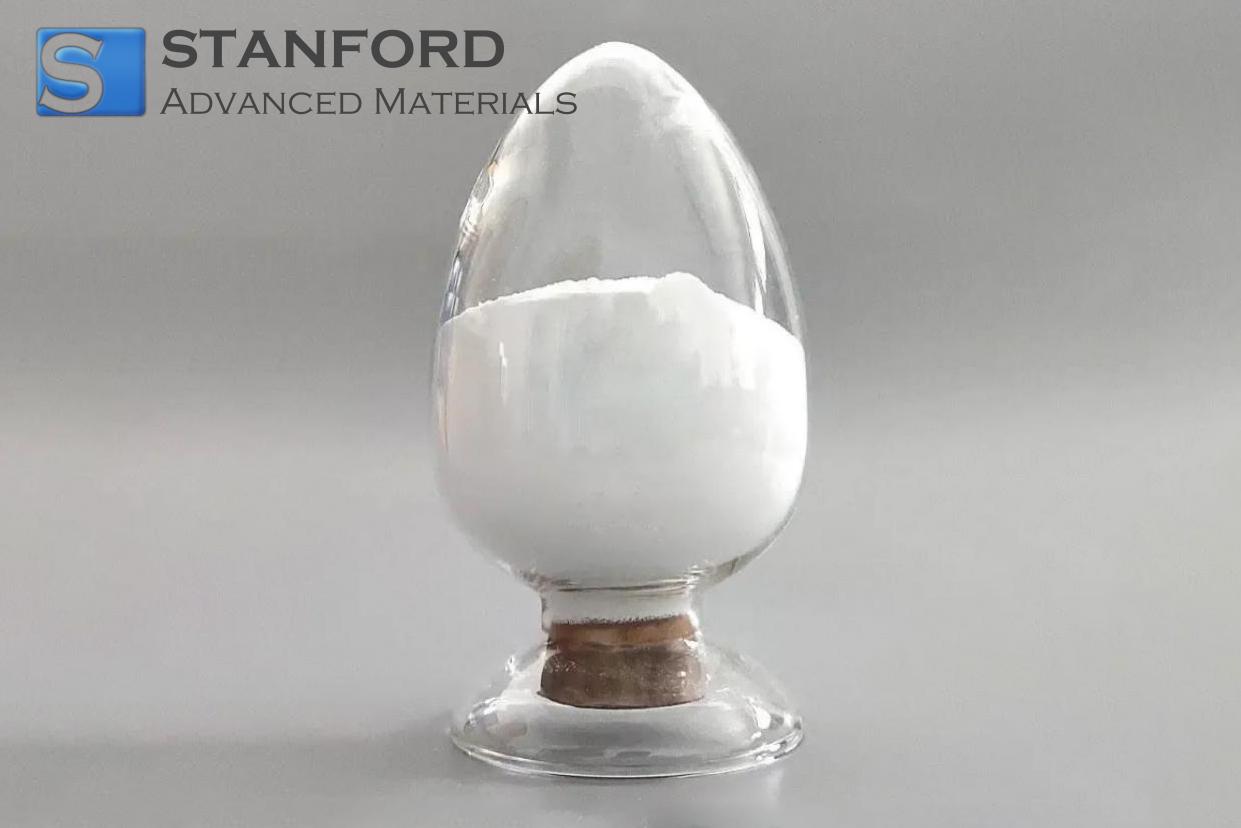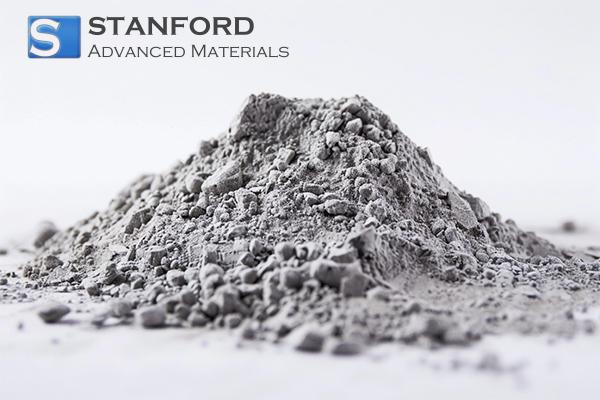What Are The Uses Of Nickel Compounds In Modern Industries?
At present, nickel metal is the most quantitatively significant form of Nickel. Nickel compounds, although not universally recognised, are used in several industrial sectors and are essential for the daily manufacture of numerous products.
Nickel Compounds in Catalysts
Catalysts are employed in chemical production. They accelerate reactions at lower temperatures and pressures, thereby reducing energy requirements and improving efficiency. Industrial catalysts are usually metals or metal compounds that catalyse specific chemical reactions. The metals used include Nickel, Copper, Cobalt, Molybdenum and Platinum. The production of fuels, fertilisers and fine chemicals necessitates the catalysis of specific process steps using catalysts based on nickel.
Catalysts are developed for defined processes. For example, nickel catalysts are employed in the steam reforming process, the principal industrial method for hydrogen production. Hydrogen is primarily used in refineries and is essential for the manufacture of clean fuels. Another catalytic process for nickel compounds and other metal catalysts is hydrogenation.

Nickel Compounds in Pigments, Frits and Glazes
Nickel oxide is used as a raw material in the production of inorganic pigments and frits. These materials are also applied in the manufacture of glazes and enamel. Nickel oxide is employed as a colouring agent to improve the adherence of undercoated glazes. Such glazes are used to decorate and protect finished surfaces including tableware, floor tiles, wall tiles, decorative ceramics and enameled steel. Furthermore, nickel oxide is utilised in some inorganic pigments to produce specific colours and subtle shades that cannot otherwise be achieved.
Nickel Compounds in Glass Production
Nickel oxide is used in the manufacture of certain types of glass, including crystal glass, dark blue glass and lens glass. In sunglasses, nickel acts as a dye that imparts a brown colour to the lenses, thereby absorbing sunlight and protecting the eyes against UV radiation. A small quantity of nickel oxide is used to give some crystal glasses a violet hue. When larger amounts are applied, nickel compounds yield specific colours that range from pale grey to blue, violet and black, depending on the nickel concentration.
Nickel oxide is also used in the production of blacklight blue glass (BLB) for fluorescent lamps. The BLB lamp is a type of fluorescent tube that emits long-wave ultraviolet radiation and is employed in the detection and analysis within fields such as archaeology, banknote verification, forensic science, the food industry, medicine, mineralogy, stamp collecting and other areas.
Nickel Compounds in Batteries
Various nickel compounds and nickel metal are used in the manufacture of different types of rechargeable batteries, including Nickel-Cadmium (Ni-Cd), Nickel-Metal Hydride (NiMH) and most Lithium-ion batteries.
Telephones, laptops and tablets are powered by rechargeable batteries. NiMH and Lithium-ion batteries are commonly found in these mobile devices. Lithium-ion batteries are also used in electric cars, hybrid vehicles, energy storage systems and satellites. The Ni-Cd battery is recognised for its reliability, long operational life and performance. Consequently, it is preferred for critical emergency power systems in hospitals, aircraft and trains.
Batteries are recycled at the end of their life. The recovered nickel compounds are used as secondary materials for new batteries and other industrial products. Flexible battery-based energy solutions are expected to play an increasing role given the rising demand for lighter, more autonomous and durable devices. Nickel will continue to play a key role in battery technology.

 Bars
Bars
 Beads & Spheres
Beads & Spheres
 Bolts & Nuts
Bolts & Nuts
 Crucibles
Crucibles
 Discs
Discs
 Fibers & Fabrics
Fibers & Fabrics
 Films
Films
 Flake
Flake
 Foams
Foams
 Foil
Foil
 Granules
Granules
 Honeycombs
Honeycombs
 Ink
Ink
 Laminate
Laminate
 Lumps
Lumps
 Meshes
Meshes
 Metallised Film
Metallised Film
 Plate
Plate
 Powders
Powders
 Rod
Rod
 Sheets
Sheets
 Single Crystals
Single Crystals
 Sputtering Target
Sputtering Target
 Tubes
Tubes
 Washer
Washer
 Wires
Wires
 Converters & Calculators
Converters & Calculators
 Write for Us
Write for Us




 Chin Trento
Chin Trento



